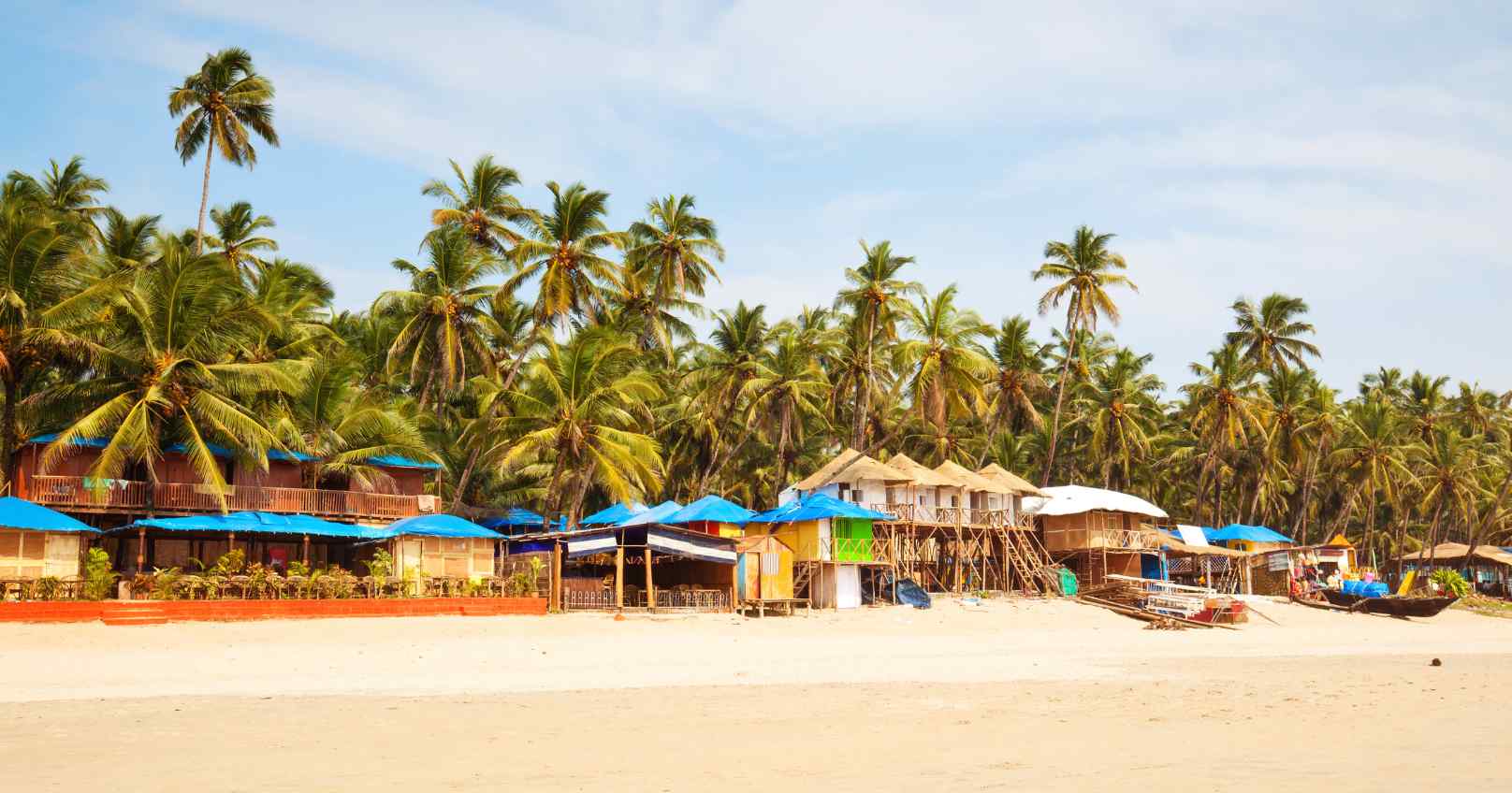Goa, a popular destination for international travelers, is struggling with a steep decline in foreign visitors post-pandemic. Although domestic tourism has picked up, the international tourism segment, vital for the local economy, remains weak. In 2019, nearly 940,000 foreign tourists visited Goa, yet by 2023, this number had fallen to 403,000—a sharp 60% drop, according to O Heraldo. This reduction has put pressure on the state’s tourism sector, which relies heavily on international spending, and businesses catering to foreign visitors are facing considerable financial challenges.
Taxi Mafias Cause Headaches for Tourists
Adding to the challenges, the dominance of “taxi mafias” in Goa has hurt the tourism sector. These groups control taxi services across the state, leading to inflated fares, lack of regulation, and negative experiences for tourists. With no ride-hailing apps like Ola or Uber allowed in Goa, visitors are left with limited and costly transportation options. Social media posts by tourists recounting hostile encounters with taxi operators have circulated widely, further damaging Goa’s reputation as a welcoming destination. Many foreign visitors have reportedly chosen alternative locations where transportation is more accessible and affordable.
Geopolitical Tensions and Visa Delays Affect Arrivals
Geopolitical conflicts, such as the Russia-Ukraine war and the Gaza crisis, have also affected foreign arrivals. Russia, once a major source of tourists for Goa, has seen a drastic reduction in flights, and political instability in the Middle East has led to a decrease in Israeli visitors as well. Further, visa delays for UK nationals, who typically contribute a large number of tourists, have disrupted this important flow. To counter these setbacks, Goa is working to attract tourists from other emerging markets like Uzbekistan and Kazakhstan, though their numbers are still modest.
Domestic Tourism on the Rise, But Foreign Tourism Still Vital
Domestic tourism has been a saving grace for Goa, with the state seeing 76 million domestic tourists in 2023 compared to 80.6 million in 2019. Increased domestic travel has provided some economic relief, as Indians with higher disposable incomes contribute to events like weddings and family vacations. Yet, foreign tourists typically stay longer and spend more, which plays a critical role in sustaining Goa’s tourism industry.
Industry Leaders Call for Policy Changes
Amid these challenges, tourism stakeholders in Goa are calling for urgent policy reforms. Proposed measures include reduced visa fees, simplified visa processes, and lower landing fees at airports. These adjustments would make Goa more competitive with destinations like Thailand and Vietnam, which offer affordable travel options and well-developed infrastructure.
Hopeful Outlook for Peak Season
With the tourism season approaching from November to March, local businesses are optimistic about a potential recovery. However, continued improvements in infrastructure, policy reforms, and resolution of geopolitical issues are necessary to restore foreign tourist numbers. While domestic tourism has provided much-needed support, bringing back international travelers remains essential to sustaining Goa’s reputation as a leading destination in Asia.







